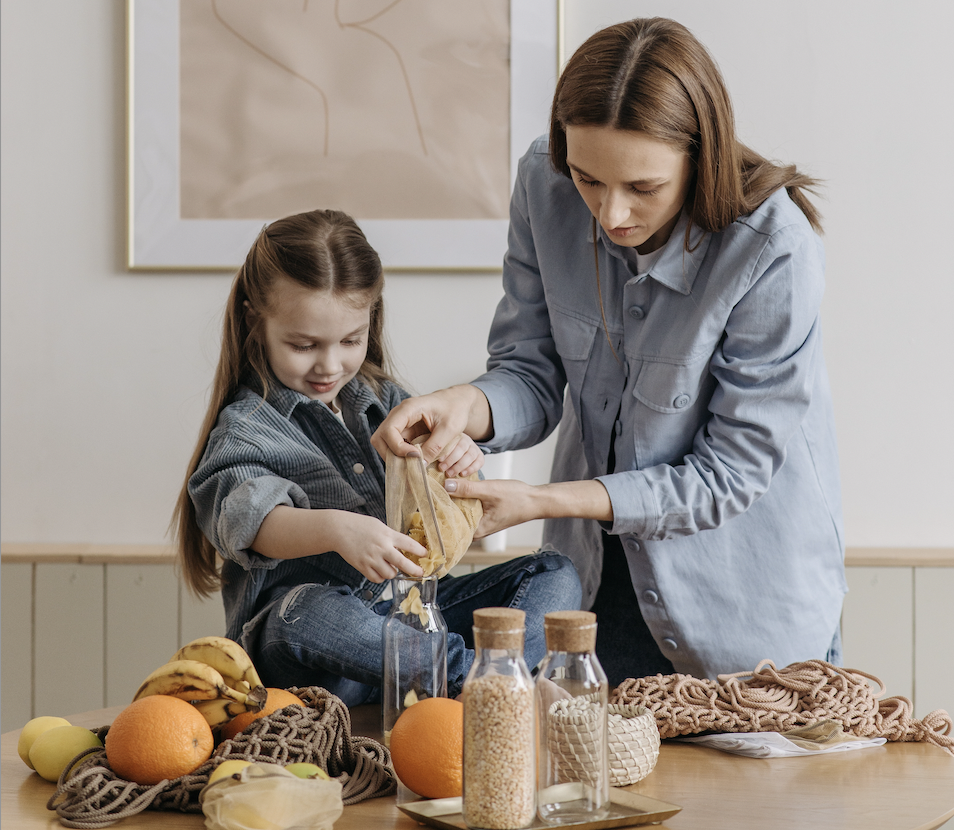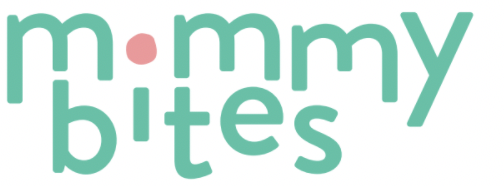
Learning how to keep things organized is one of the most important life skills, but it can be a tough one to teach children. It’s so much easier to just step over a pile of clothes or push them aside than to fold them and put them away. And playing with toys is a whole lot more fun than tidying them up in baskets and bins–never mind searching high and low for missing pieces! Kids have shorter attention spans and lots of energy that keeps them going. That’s why parents often find themselves doing the picking up and putting away while their kids happily move onto the next activity.
While this may be faster, easier, and result in far fewer power struggles, kids need to know how to achieve their goals, reduce stress, manage their time, and track their stuff for when you’re not there to do it for them (yes, that time will inevitably come).
“Organization is a learned skill, just like anything else,” says Rose Lounsbury, simplicity coach and author of Less: Minimalism, For Real. “We learn how to read, how to do math, and how to ride bikes. We can also learn how to organize our things!” When you’re ready to hand over the organizing baton, Lounsbury’s tried-and-true tips will help get kids excited about tidying up on their own.
Lead by example
“The most effective thing you can do is model the behavior you want to see,” says Lounsbury. “If you want your kids to keep the playroom organized, make sure that your spaces in the home are neat and tidy, too!” When your kids see the rest of the house organized it will feel more natural for them to do the same in their areas. Plus, they learn so much from what they see and experience. When you set aside time to organize the pantry or sort through clothes in your drawers, this normalizes the habit for them.
Invite kids to help
Asking kids to declutter and organize their own stuff can be emotionally challenging–for them and you! “Start by asking your kids to help you tidy up your stuff,” says Lounsbury. “This way, you’re teaching them the basics in a non-threatening way.” Matching lids to storage containers evokes less emotion and stress compared to tucking their favorite cars into a bin in the back of a cabinet.
While you may find little ones helpful at times, parents should manage their expectations in the early years. “Toddlers and preschoolers can be too ego-centric to understand how donations can help others,” says Lounsbury. “They’re also easily overwhelmed and distracted by the decluttering process.” But once kids turn five, Lounsbury says they can usually better understand the benefits of organization and are developmentally more responsible.
READY NEXT | 7 Organizers Every Kid’s Room Needs
Break it down
Decluttering an entire playroom or bedroom is overwhelming for parents, so imagine how exhausting it feels for a child. Lounsbury suggests parents focus on “one category at a time.” For example, only organize stuffed animals or tidy up shelves with books. “Let your child experience success in small steps, one simple category at a time,” she says.
Then, get down!
Instead of giving verbal instruction, parents should plan to physically organize with their children. This means getting down on your hands and knees or sitting on the floor with your child when you are setting up the organizational systems and talking them through the steps. “Once you’ve set up clear systems and your kids show they understand where everything belongs, you can have them put things away on their own,” says Lounsbury.
Let kids decide
Purging is one of the most emotional parts of the organizing process. Remember, no one appreciates someone else telling them what they should keep or donate. Instead, empower your kids to decide what toys or belongings they want to hold on to, and be sure to have a conversation about where their donations are going to help them feel better about their decision. “When you give kids a choice, it increases respect and good feelings for both of you,” says Lounsbury.
Use positive language
When you use more positive language, it implies the natural process of outgrowing possessions and letting them go. First, Lounsbury warns against using judgmental statements like This room is a mess! and instead suggests focusing on the benefits of having an organized space. Try saying something like, I bet it would be so much easier to get dressed in the morning if your drawers were decluttered and organized. Would you like me to help you with that this afternoon? “A statement like this focuses on the benefits of being organized (aka it’s easier to get dressed) and shows that you are willing to help your child create a simpler and more organized space,” she says. “This is a really positive way to get your kids on board with you.”
Also avoid using phrases like throw away when decluttering with kids. Instead ask, Are you done with this or are you still enjoying it? “We aren’t tossing things out or throwing things away like junk, we’re simply acknowledging that we’re done with these items and now we’re ready to pass them along for someone else to enjoy,” she adds.
Keep the system simple
Organizing all the Legos by color is a total waste of time, as is trying to fit too many toys into a small bin, and these obstacles can be a huge roadblock for kids. “When the systems are simple, kids will use them,” says Lounsbury, who’s also a huge fan of labeling everything. “I recommend using labels with pictures and words to make it even easier, especially for younger kids who are just beginning to read,” she says. To try it at home, find a Google image of what belongs in the bin and attach it with clear packing tape. It’s that easy!
Trying to find your next nanny? Visit our nanny boards to hire a professional nanny in the NY area.




One thought on “Teaching Kids to be Organized”
Comments are closed.